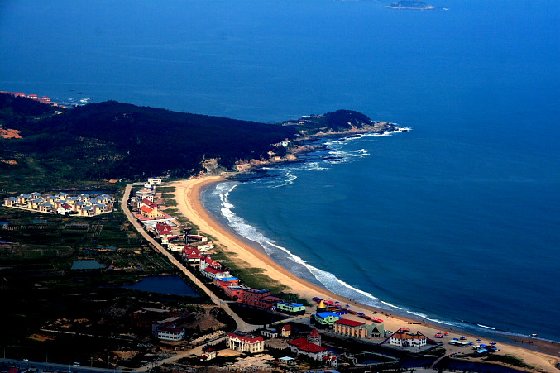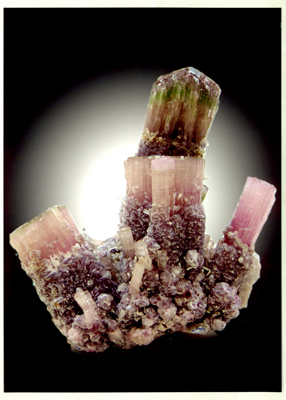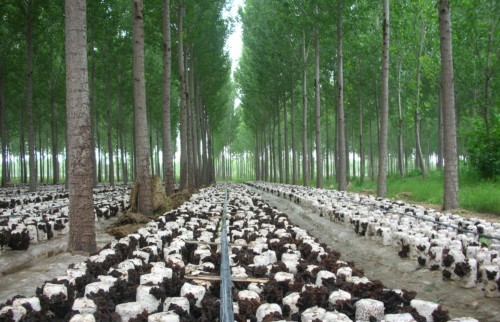Shandong natural resources
 Shaped like an eagle's beak, Shandong Peninsula protrudes eastward into the Bohai Sea the Yellow Sea, and possesses more than 3,000 km of golden sandy beach. The province's offshore area is more than 170,000 square km, larger than it's land area. It is dotted with 299 islands, with a total coastline of 668.6km. The area is rich in more than 60 kinds of seafood including fish, shrimps, shellfish and aquatic plants. Among others, the province's prawns, scallops, abalone, sea cucumber and sea urchins are particularly famous in and outside China.
Shaped like an eagle's beak, Shandong Peninsula protrudes eastward into the Bohai Sea the Yellow Sea, and possesses more than 3,000 km of golden sandy beach. The province's offshore area is more than 170,000 square km, larger than it's land area. It is dotted with 299 islands, with a total coastline of 668.6km. The area is rich in more than 60 kinds of seafood including fish, shrimps, shellfish and aquatic plants. Among others, the province's prawns, scallops, abalone, sea cucumber and sea urchins are particularly famous in and outside China.
 A total of 128 varieties of minerals, above 70% of that found in China, have been discovered in the province, of which 33 have their surveyed deposits listed among the top tens of the nation: gold, natural sulphur and gypsum rank the first; petroleum, diamond, magnesite, cobalt, hafnium, and granite are the second; and kali salt, graphite, talc, bentonite, and limestone are the third. In addition, the reserves of many other minerals, such as natural gas, iron, barite, diatomite, zircon, bauxite, and refractory clay are also very affluent.
A total of 128 varieties of minerals, above 70% of that found in China, have been discovered in the province, of which 33 have their surveyed deposits listed among the top tens of the nation: gold, natural sulphur and gypsum rank the first; petroleum, diamond, magnesite, cobalt, hafnium, and granite are the second; and kali salt, graphite, talc, bentonite, and limestone are the third. In addition, the reserves of many other minerals, such as natural gas, iron, barite, diatomite, zircon, bauxite, and refractory clay are also very affluent.
There are more than 3,100 varieties of plant growing in the province. Among more than 400 species of wild land vertebrate animals about 50 are beasts, 356 are birds, eight are amphibians and 25 are reptiles. In addition, there are many species of land invertebrates, insects in particular, making the province rank No. 1 in the country in varieties of creatures in this category.
One of China's major agricultural production bases, Shandong is known as "a warehouse of grains, cotton, and oil, and the land of fruits and aquatic products." It's also an important  producer of wheat, cotton, peanut, tobacco, hemp, silkworms, traditional Chinese medicinal herbs and materials. The apples produced in Yantai, pears from Laiyang, peaches of Feicheng, and Leling's golden-threaded jujubes are all famous specialties.
producer of wheat, cotton, peanut, tobacco, hemp, silkworms, traditional Chinese medicinal herbs and materials. The apples produced in Yantai, pears from Laiyang, peaches of Feicheng, and Leling's golden-threaded jujubes are all famous specialties.
Shandong is rich in marine resources too. Its offshore area makes up 37% of the total surface area of the Bohai and Yellow seas, with a shoal area accounting for 15% of the nation's total. There are about 260 species of fish and prawn in its seas, including more than 40 major cash species of fish and 100 species of shellfish. Shandong leads the country in the production of prawns, shellfishes, abalones, sea slugs and urchins. Meanwhile, with many large and medium-sized salt works, the province is also one of China's four major salt producers. In its 266,000 ha of freshwaters, there are more than 40 species of freshwater plants and more than 70 species of fish.
The province is one of China's important energy bases, with Shengli Oilfield being the second largest of its kind in the country, and Zhongyuan, another oilfield, having a major part on its territory. The crude oil produced in Shandong makes up one-third of the nation's total. The province has 50,000 sq km of coalfields and its Yanteng Coalmine is one of the nation's 10 major coal production bases. The province has a rich electricity resource. The Shandong power network is the only one of the country's six major power networks that is operated separately on a provincial basis.
 0
0 







Go to Forum >>0 Comments